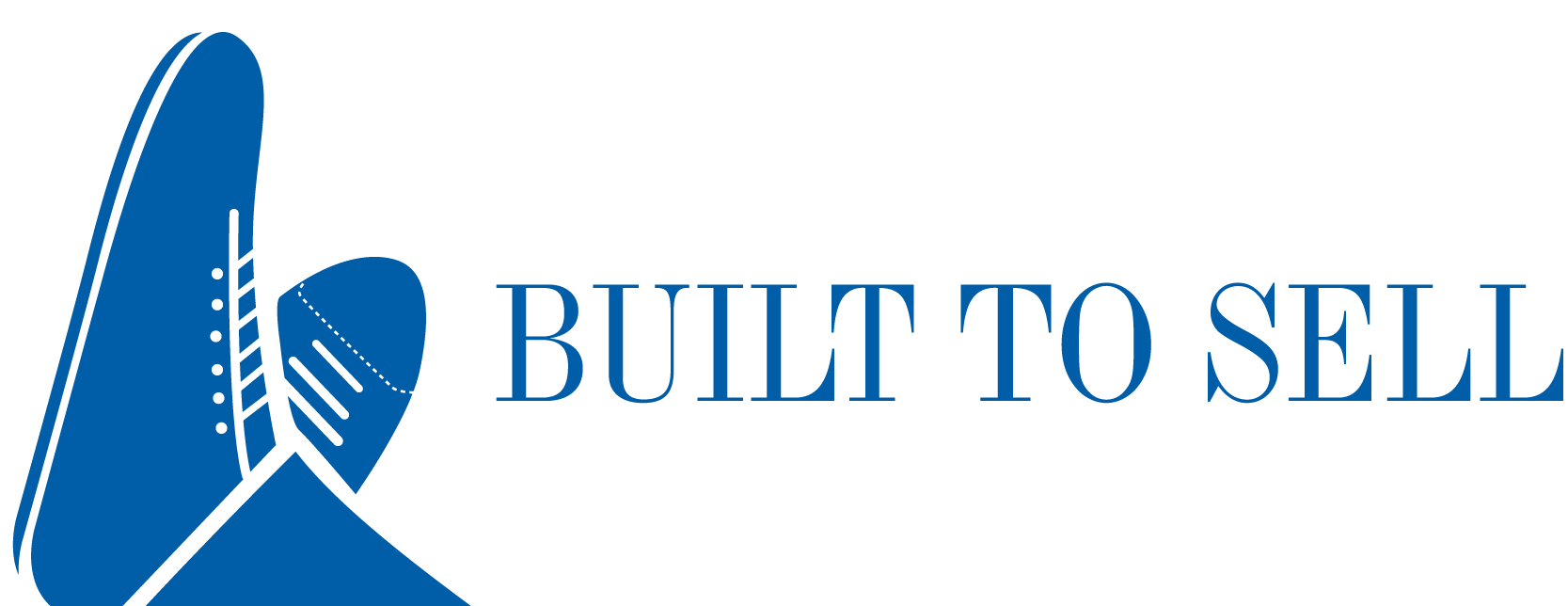About this episode
Anthony Lacavera has started 12 businesses, six of which he has exited. His exits have ranged in value from the $6 million he got for one of his recent start-ups to the $1.3 billion that Wind Mobile sold for.
Lacavera has won just about every business award there is, including 2010 CEO of the Year, Top 40 Under 40, Deloitte Technology Fast 50, and Canada’s Fastest Growing Company. This interview covers lessons from all of his exits. You’ll learn:
- When to bring in a CEO to replace yourself
- Why paying back your investors too soon can be a mistake
- How to raise capital (Lacavera raised $700 million to start Wind Mobile)
- The downside of accepting Venture Capital (VC)
- The secret to forming a relationship with a VC
- The biggest mistake most entrepreneurs make when raising a VC round
- When to sign a non-compete
- The reason most owners get sucked into an earn-out (and how to avoid one)
- The single most import section of a share purchase agreement to scrutinize carefully
- The dirty tricks professional money people use to tilt the deal in their favor (and how you can fight back)
Feeling at a crossroads?
One of the secrets to Lacavera’s success was knowing when to bring in a CEO to replace himself in any of his ventures. If you’re feeling at a crossroads and wondering whether it might be time to get out, consider leveraging The Value Builder System™. Our 12-step process is ideal for successful owners who need some advice for plotting their next move. Get started by completing your Value Builder questionnaire.
Check out our article on Just Add Capital.

About Our Guest
Anthony Lacavera founded Globalive in 1998 and serves as Chairman. Anthony also founded and was CEO of WIND Mobile, which he sold for USD$1.3 billion after it grew to become Canada’s fourth largest wireless carrier. A serial entrepreneur, he started his first business out of university with a small business loan from the Royal Bank of Canada. As a venture capitalist, Anthony has a significant stake in dozens of startups in Canada as well as the United States. As a mentor and investor, he is heavily involved in accelerators and incubators, including MaRS, Creative Destruction Lab (CDL), NEXT Canada and the DMZ at Ryerson University.


